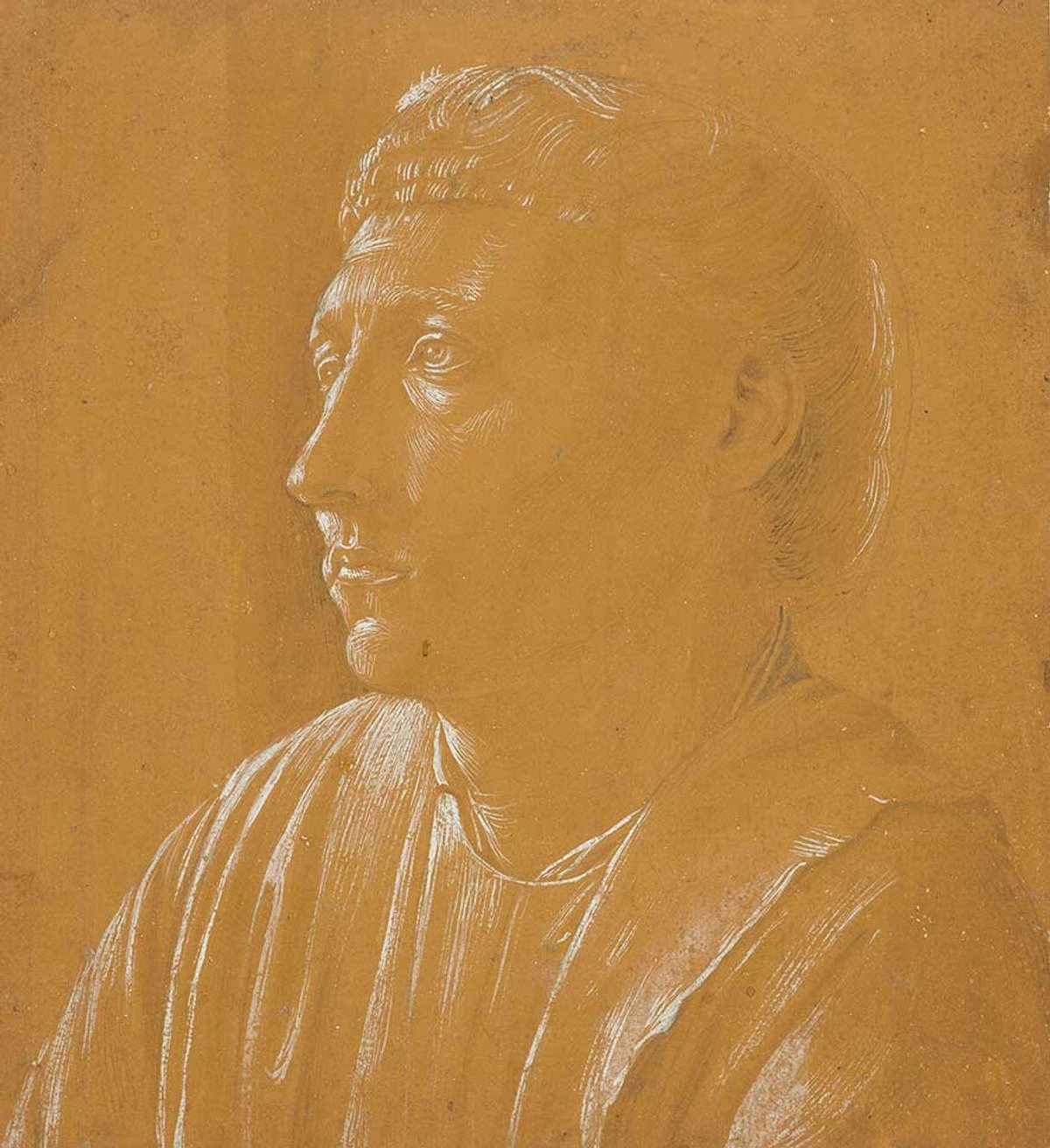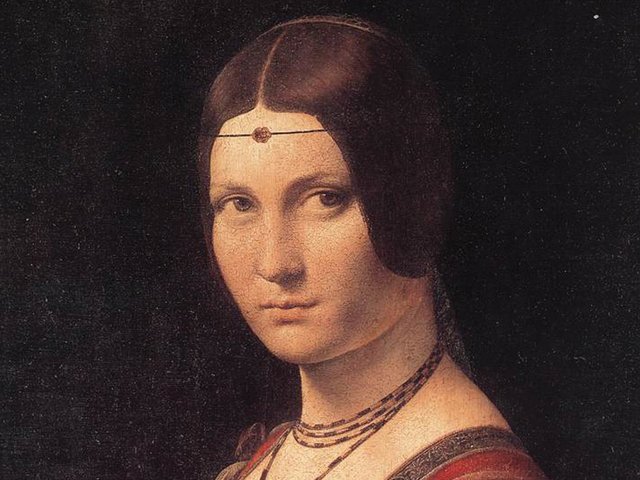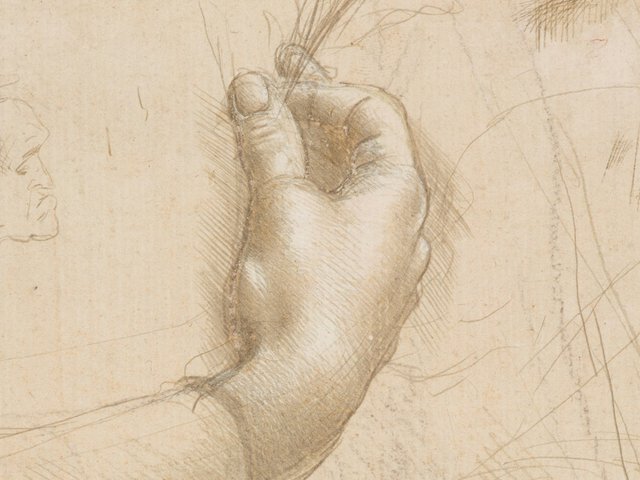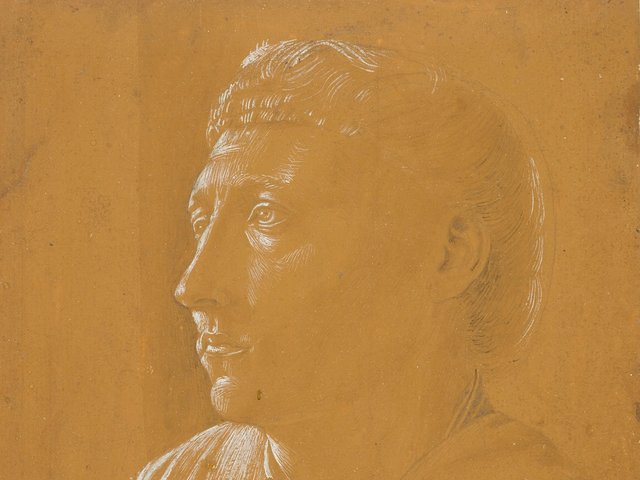“The simple fact of paper becoming more available due to the book-printing revolution led to artists working in a different way,” says Martin Clayton, the head of prints and drawings of the Royal Collection Trust. “They were drawing much more freely, much more experimentally. Drawing became the laboratory, if you like, in which the new Renaissance style was developed.”
Clayton is explaining the thinking behind the new exhibition that he has curated at the King’s Gallery, called Drawing the Italian Renaissance. The show includes 160 works from the Royal Collection by names big—Leonardo, Raphael, Michelangelo—and, if not small, slightly less big—Annibale Carracci, Fra Angelico, Domenico Ghirlandaio.
Clayton says he has avoided a chronological approach in his display, pointing out that the Royal Collection, vast as it is, was formed from expediency through what was on the market in the 17th and 18th centuries, rather than developed as a representative art history-led assemblage. “I wanted to look at what artists did with drawings. How they drew, what types of drawings they produced, juxtaposing drawings by artists who may not have been working at the same time or in the same region, but by putting the drawings together, you can see how different artists used drawings in different ways.”
In keeping with this hands-on approach, Clayton says that he decided to dispense with a traditional catalogue and instead offer visitors a sketchbook: “I wanted to make it about drawing as much as drawings—about the act of drawing. We’ll be providing materials for the public to draw with.” Three artists in residence, all students from the Royal Drawing School, will be installed during the show’s run, and their work will be on show in an adjacent gallery.
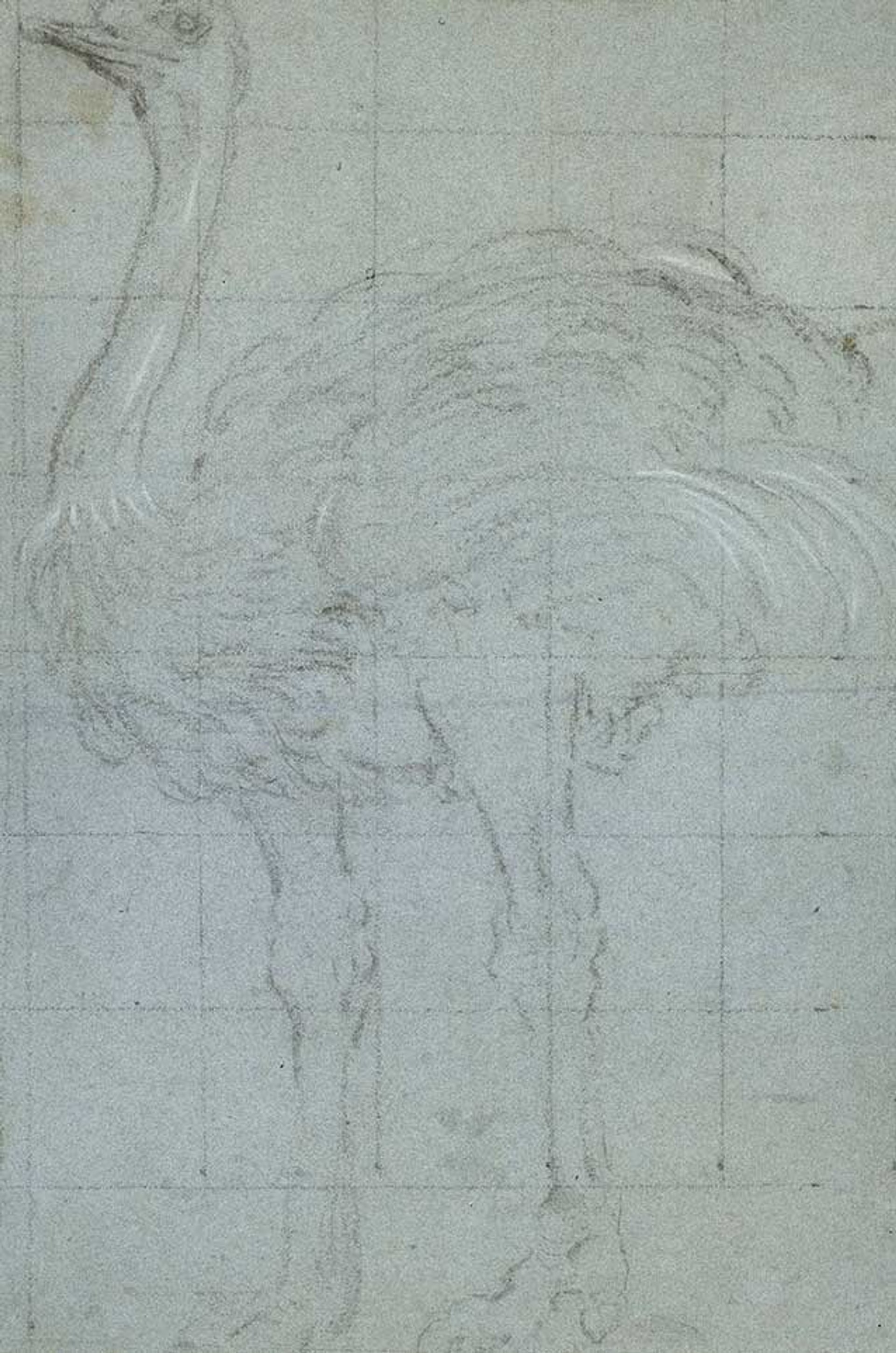
An ostrich attributed to Titian (around 1550)
© Royal Collection Enterprises Limited 2024/Royal Collection Trust
Part of the exhibition’s appeal for Clayton, he says, is the chance to rummage through the archive and open up boxes that have been gathering dust for decades, if not centuries. Any discoveries have been “incremental” rather than especially dramatic; a drawing of an ostrich, last seen nearly 50 years ago in 1976, can, he says, be re-attributed to Titian.
“It’s a drawing that’s really taking a lot of people’s fancy; there aren’t many known by Titian and this is probably the most remarkable that survives,” he says. “Anthony van Dyck saw it in Venice and made a copy of it in his sketchbook, but after it reached England the attribution was lost, as so often happens. But in recent years, scholars have reasserted the attribution. So it’s not a new discovery, but it’s an assertion of something that needs to be trumpeted.”
Other highlight's of the show include Leonardo's The bust of a wild man (around 1510), Raphael's The Three Graces (around 1517-18) and Fra Angelico’s exquisite Bust of a cleric (around 1447-50).
It also might be the case that there’s something in the air; running concurrently by accident or design, the Royal Academy of Art’s (RA) winter exhibition is another High Renaissance showcase. Called Michelangelo, Leonardo, Raphael, it is aiming to dramatise the competition between the three greats by exploring their interactions in Florence in the early 16th century. Claydon is sanguine about the possible competition.
"These are two different ways of looking at the period, I think. Our show is a survey of the whole of Italy over 150 years, whereas the RA is looking at a very short period of time in one city. We always wanted to be very supportive of the RA show. They complement each other.”
• Drawing the Italian Renaissance, King’s Gallery, London, 1 November-9 March 2025
• Michelangelo, Leonardo, Raphael, Royal Academy of Arts, London, 9 November-16 February 2025


